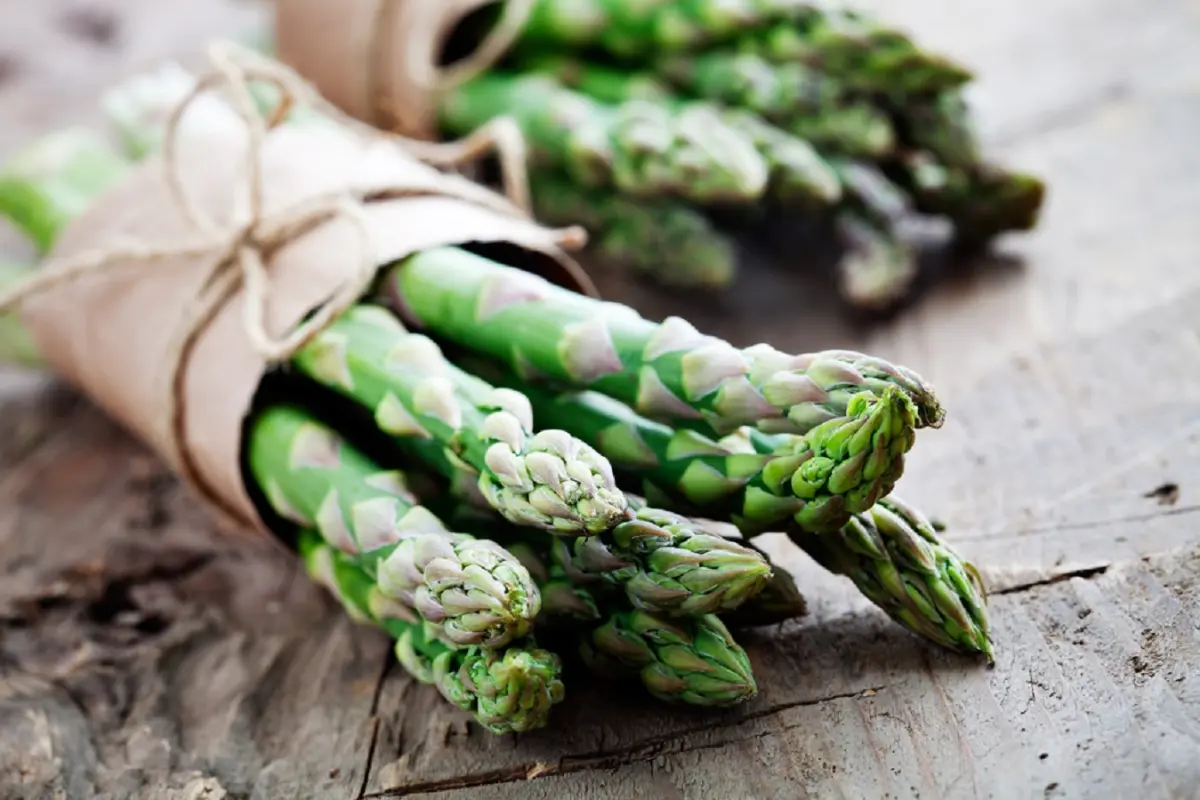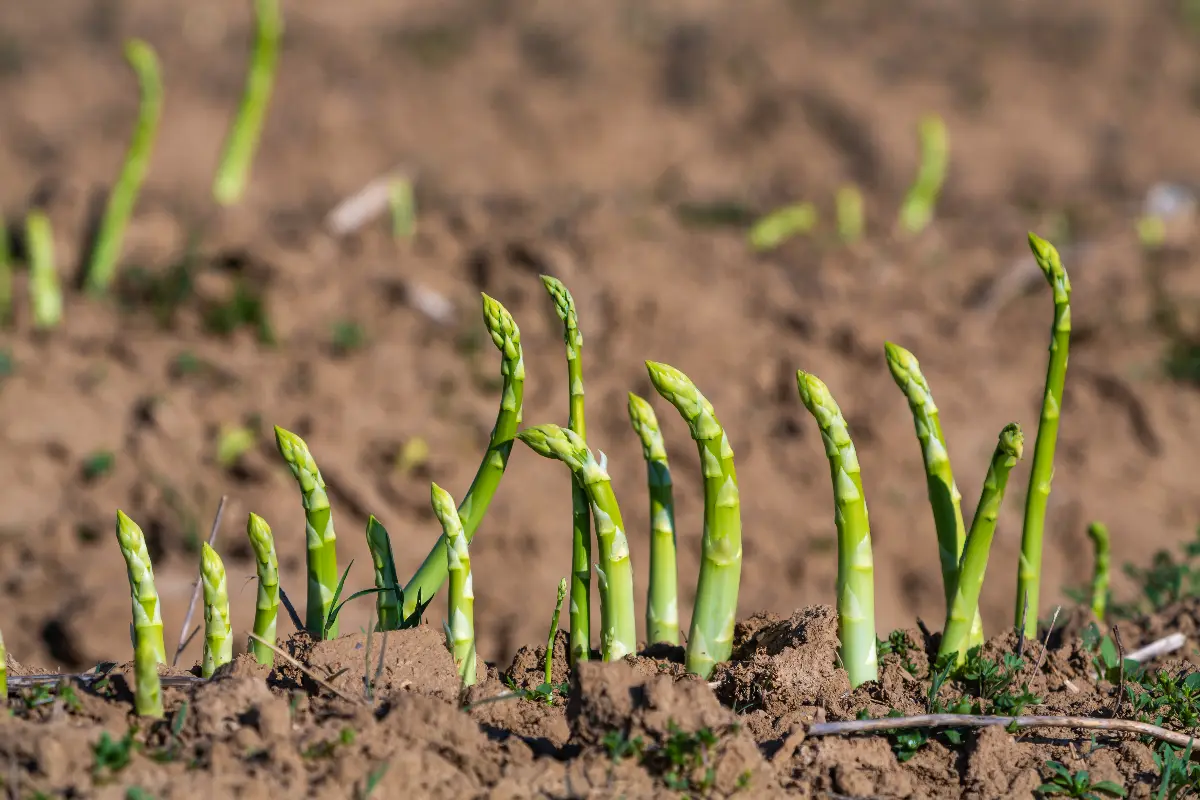
Helyszín címkék:
5 fun facts you may not have known about asparagus!
Szabó Sára
Also known as the queen of vegetables, you may already have come across this vegetable, but despite its popularity in early spring, you realise how little you know about it. Asparagus, popularly known as ‘rabbit’s shadow’, is available in white (fading) and green in our country, but few people know that it is about the same plant. The asparagus first emerges from the ground with its tip, which turns green in sunlight. White asparagus is grown in ground covering foils and harvested before it has fully emerged from the ground. Although it is a multi-purpose plant, its most valuable part is its tender and tasty tips. Harvesting takes place in mid-spring (usually starting in mid-April) and lasts only two months. But once they start to mature, farmers will have to make an effort, because the tips grow very fast. Asparagus is usually harvested twice a day, and if not harvested in time, they can easily become worthless. “Harvesting asparagus” is a real challenge for farmers, as it requires a lot of care and labour (which, we can see, often comes at a price), but it is a valuable source of income at a time when relatively few other vegetables are ripening. Not to mention the fact that we consumers may live and die for this plant for its many benefits and fantastic taste, too. But what can we know about this exciting plant? Farmer Zsolt Barta, a second-generation asparagus grower, will help in this.
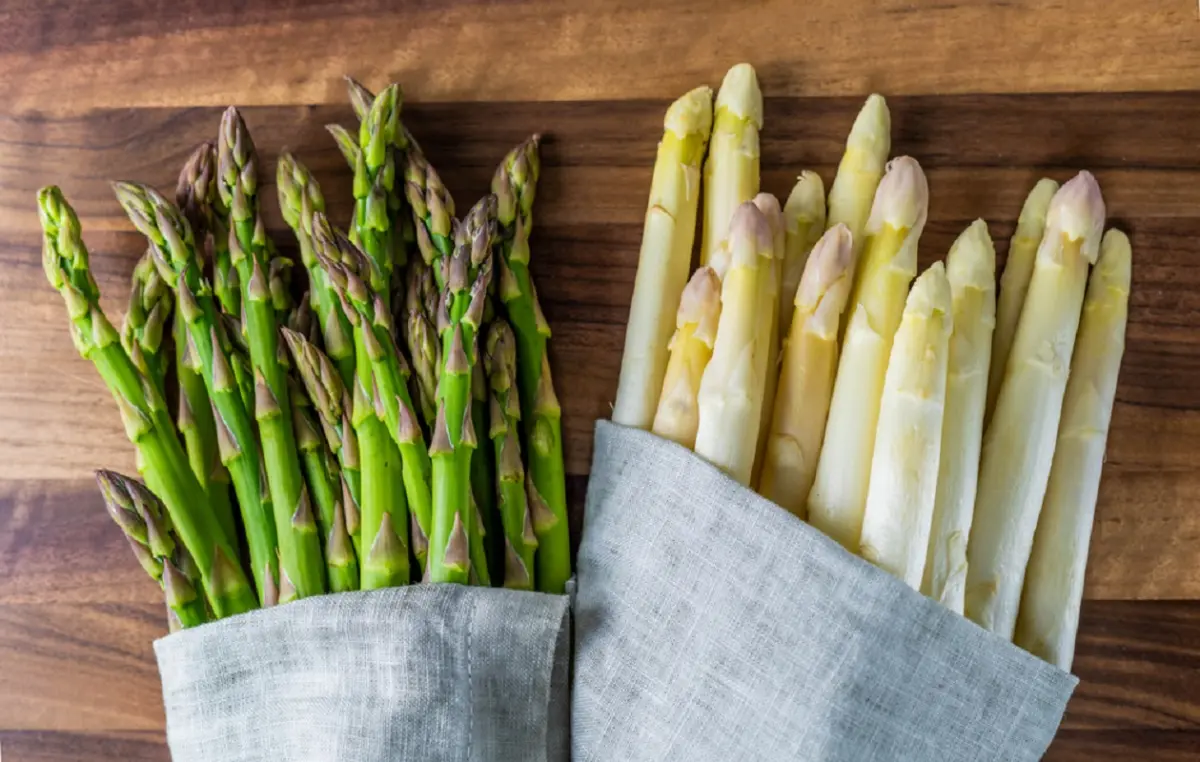
One of the best weight loss items
It is an increasingly well-known fact that asparagus is insignificant in terms of fat, calories and carbohydrates. In contrast, its mineral content is outstanding: rich in potassium, calcium, iron, phosphorus and zinc. It is high in digestible fibre and rich in vitamins: C, E, B1, B2, B6 – all can be found in it. It is no coincidence that asparagus has been considered a special, noble food for centuries. According to Zsolt Barta, the name “Queen of Vegetables” stands because it is perhaps the vegetable with the best nutritional value. Interestingly, asparagus was considered a medicinal plant by our ancestors. It was primarily known for its diuretic – and thus detoxifying – effects. It is highly recommended for the treatment of swollen, watery feet and other detoxifying cures.
Ground green asparagus makes the most delicious cream soup
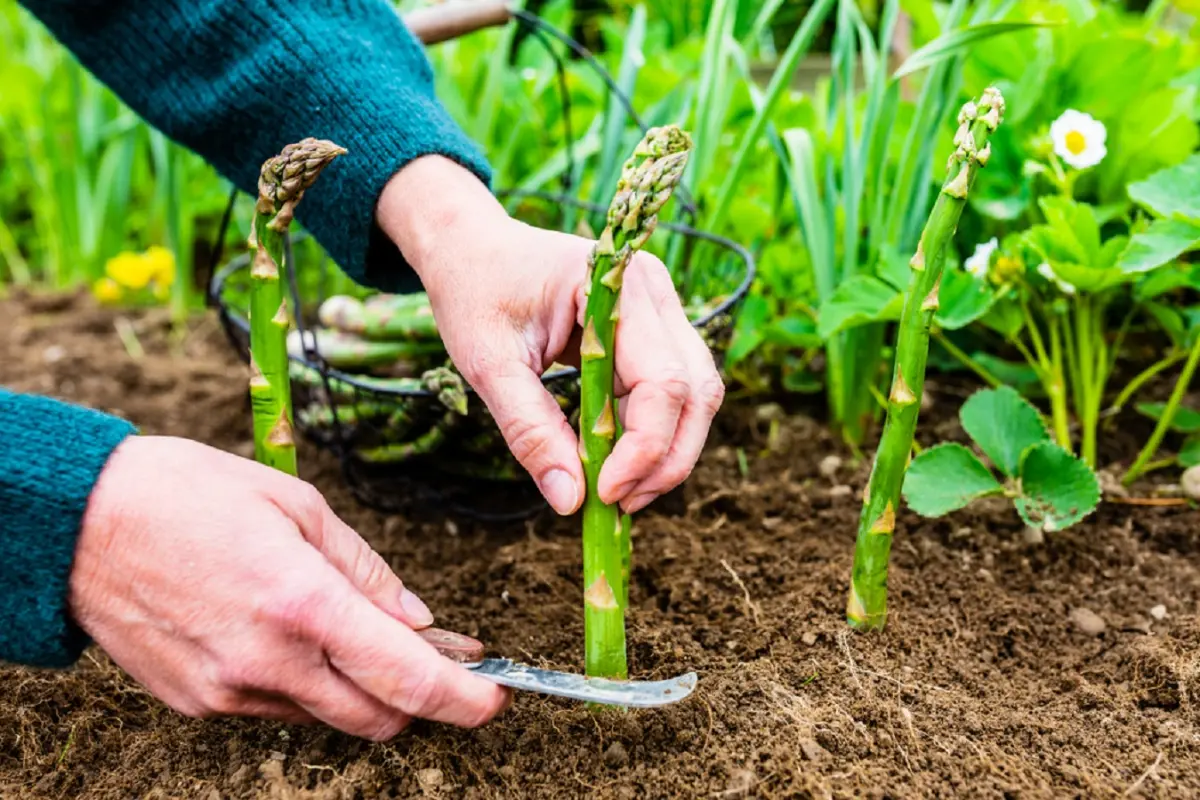
Asparagus has a very high water content, so when you get it in ground form, you get a concentrated taste of the delicious flavour. These asparagus grinds make a royal cream soup, much tastier and creamier than fresh asparagus. By comparison: 2-3 tablespoons of grind is made from more than two kilos of asparagus. One tablespoon is enough for four people.
Green, white, purple?
Purple asparagus is getting more and more attention these days, with many growers experimenting with this exciting-looking variety. Zsolt Barta points out, however, that no matter how showy it might look on the plate, purple asparagus can lose its colour almost immediately when exposed to heat and is likely to turn green.
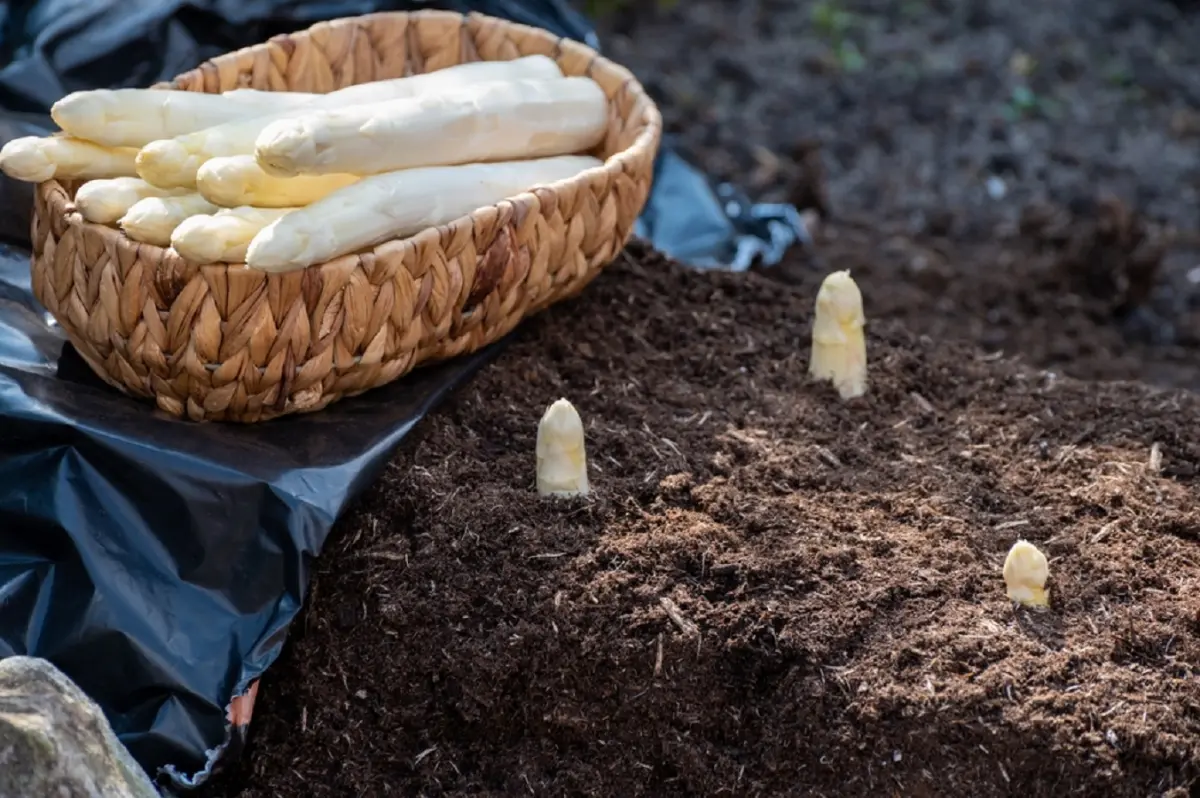
To peel or not to peel? That is the question.
White and green asparagus must be prepared differently. The skin of the white asparagus can have a bitter taste, so it is always worth peeling it. The green brother, however, only needs to be stripped of the woody part. A popular way to do this is to hold the plant at both ends and break it. But according to Zsolt Barta, a lot can go to waste with this method.
“The green asparagus is marketed with a few centimetres of the white woody part. This acts as a kind of “plug” to prevent the tips from losing their water content. This white part should be cut off, but the purple part, which serves as a transition, should be peeled and eaten with the green part. If you break the asparagus, the purple part is wasted, too” – says the farmer.
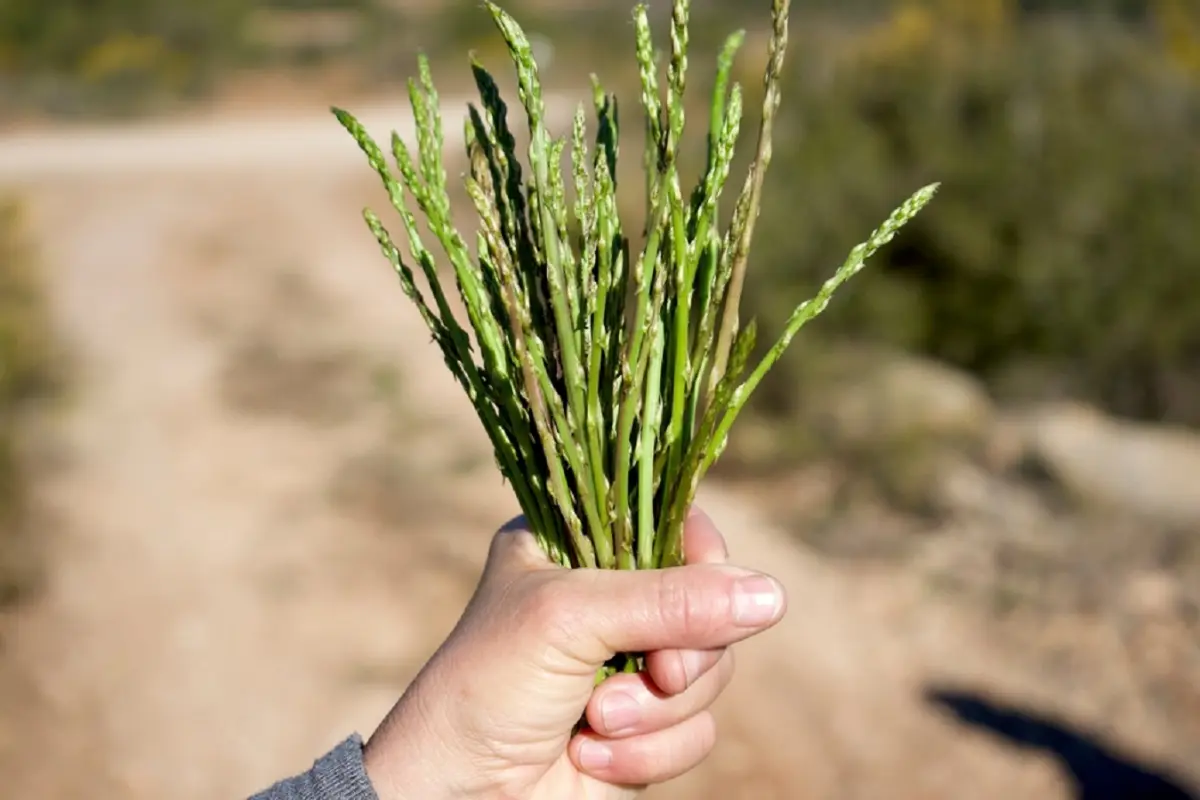
Finally: make sure you buy only asparagus grown in Hungary!
Zsolt Barta points out that, depending on the weather, domestic asparagus is available from mid- April. It is not grown earlier in our country, so if we want to support domestic producers and vote for the fruits of their labour – in this case, their vegetables and produce – it is worth waiting for the above period.
